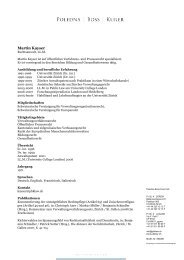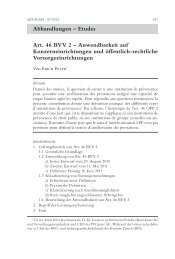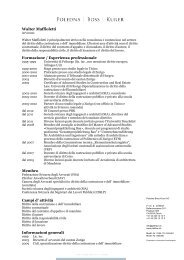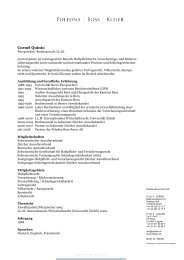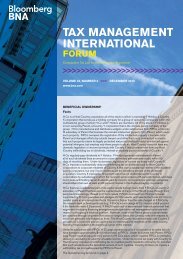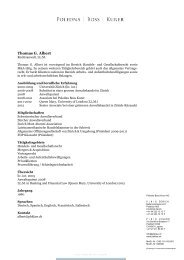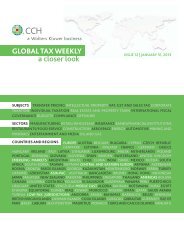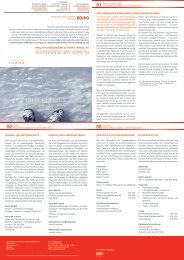721.8 kB - Poledna | Boss | Kurer
721.8 kB - Poledna | Boss | Kurer
721.8 kB - Poledna | Boss | Kurer
- No tags were found...
Create successful ePaper yourself
Turn your PDF publications into a flip-book with our unique Google optimized e-Paper software.
levels. To avoid situations leading to doubletaxation or double non-taxation, the OECDfeels that tax administrations should avoidunilateral safe harbors.Disadvantages to taxpayers may exist whensafe harbors diverge from arm's length pricing.Tax administrations may mitigate such disadvantagesby providing the option to (a) electthe safe harbor or (b) price the transactions inaccordance with the arm's length principle.This approach may reduce the administrativebenefits of the safe harbor and reduce tax revenueto the tax administration since taxpayerswould opt to pay the lesser of the safe harboror arm's length amount. By controlling theeligibility criteria for the safe harbor ( e.g. , byrequiring multi-year commitments to the safeharbor or requiring notification regarding theuse of the safe harbor in advance) the administrationmay gain more comfort with the risksof providing elective safe harbors.Bilateral or multilateral adoption of safe harborsthrough competent authority agreementsbetween countries could lessen the problemsof non-arm's length results and double taxationand double non-taxation stemming fromthe use of safe harbors. In such arrangements,two or more countries could establish pricingparameters that would be acceptable toeach country's administration. This approachshould limit some of the perceived arbitrarinessthat characterizes unilateral safe harborsand eliminate the risk of double taxation ordouble non-taxation. Bilateral or multilateralsafe harbors by competent authority agreementmay provide a practical approach to simplifyingtransfer pricing, particularly for smallertaxpayers and/or less complex transactions, butit is unlikely safe harbors will provide a reasonablealternative to a rigorous, case specificapplication of the arm's length principle forcomplex and higher risk transactions.The OECD recommends bilateral and multilateralarrangements target reasonably narrowranges of acceptable results, and require thetaxpayer to consistently report income in eachcountry that is party to the safe harbor. Suchsteps may alleviate tax administrations' concernsregarding potential tax planning opportunitiescreated by safe harbors (for example, a cost-efficienttaxpayer earning a return in excess of thesafe harbor may adopt the safe harbor and shiftthe additional profit to a lower tax jurisdiction).Countries can also use exchange of informationprovisions under a bilateral safe harbor, to confirmthe use of consistent reporting.Revised Section E does not materially differ fromthe draft proposed revision on safe harbors circulatedby the OECD in June 2012; however, it reflectsa more favored view of the OECD to safe harborsunder certain circumstances.To facilitate negotiations between tax administrations,the OECD also provides sample memorandaof understanding ("MOUs") for competent authoritiesto establish bilateral safe harbors for certainclasses of transfer pricing cases. The OECD32





